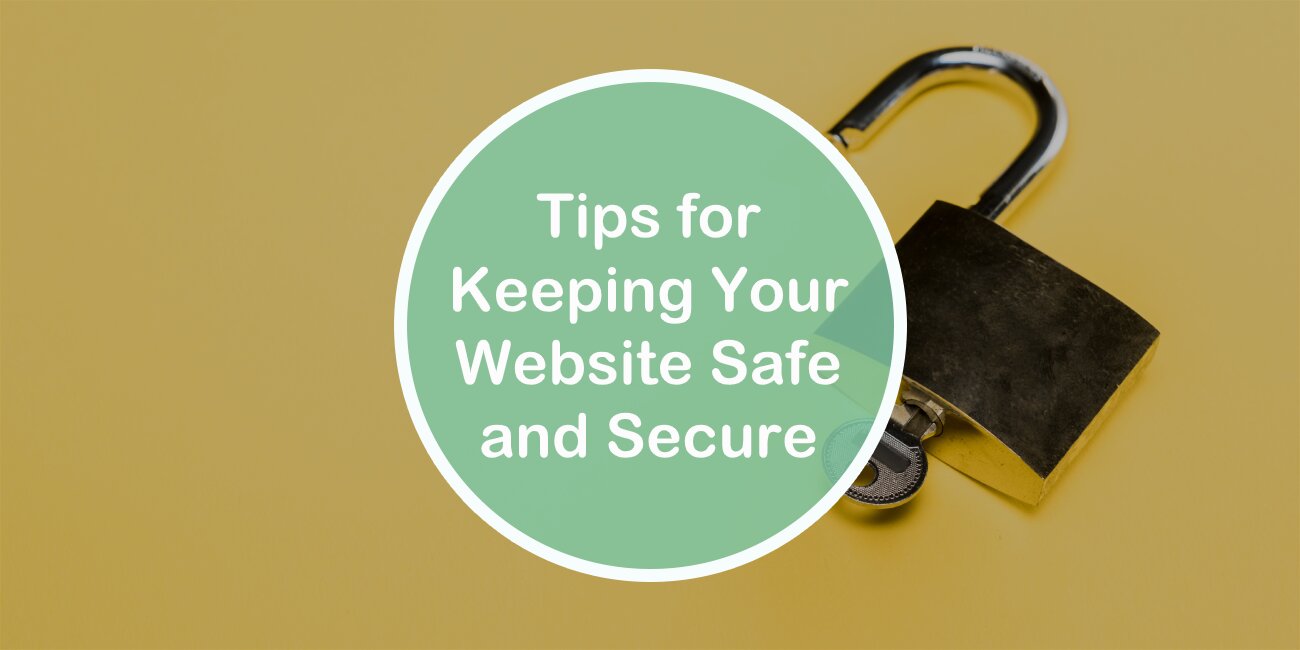We all know that WordPress is an extremely popular and widely used content management system. But exactly this popularity is what puts the platform at risk day in and day out.
How? Well by being the home of so many websites, big and small, WordPress gets targeted by malicious hackers repeatedly. And even though WordPress is heavily protected and monitored by cybersecurity experts, those experts aren’t able to protect each individual site, especially sites whose owners/admins take no precautionary measures.
By precautionary measures, we mean at least making good use of numerous tools, apps, and techniques that are meant to improve the site’s security.
Worried about the #security of your #WordPress #website? These tips and tricks will help you make it close to foolproof! Click To TweetThis is a very true but unfortunate fact because as a website owner protecting your site is first of all your responsibility and second of all meant to be done for the benefit of not just you but your website users/visitors.
Although to some people it may not seem like it website security is truly a number one priority because regardless of how much money, effort and work you invested into creating and launching a site, if not well secured, it could potentially fall victim to both targeted and random cyber attacks that happen on a daily basis.
Luckily, most threats can be avoided. First secure your own devices, especially if you use unsecured public networks. Aura can keep your devices secure and also your finances and personal information.
Follow these security tips and tricks that we are about to tell you. So in order to not keep you waiting any longer, let’s get right into it!
WordPress security tips and tricks
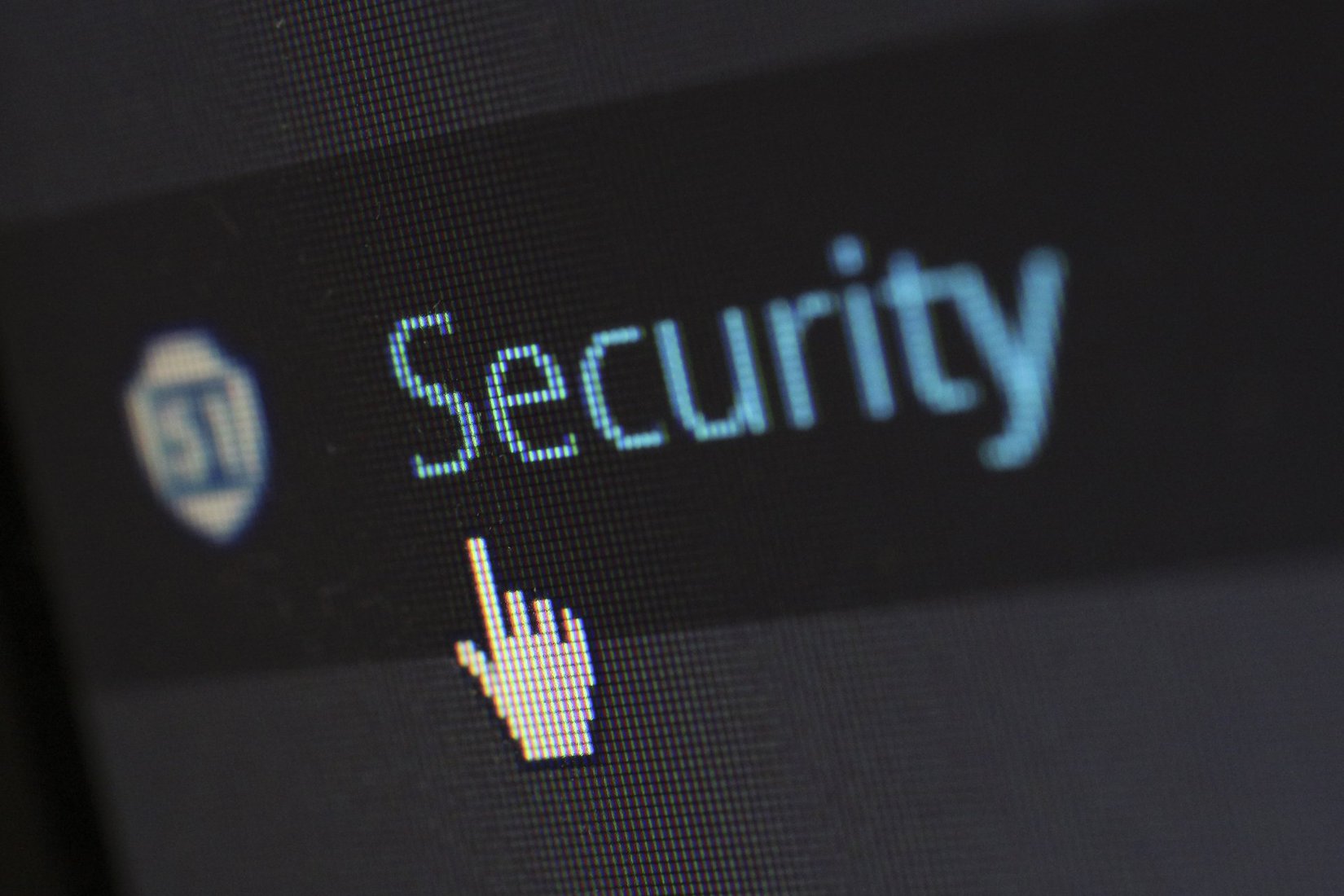
Since website security is such a broad topic, there are of course a lot of useful tips out there. And the following ones are the tips we saw as most noteworthy!
Put a limit on the number of users that have access to the admin dashboard
When you just start your site only a few people have full or any access to it. But as the site grows, so does its number of users both those with full and limited access. This although necessary, is a security risk.
For that reason, on any of your sites that has multiple users with dedicated user accounts, you need to set permissions and limit the abilities those accounts have. Meaning they should really only have access to functionalities that are essential for what they need to do on your site.
By doing this you will reduce the chances of someone causing damage to your site by taking advantage of the permissions you granted to them.
A good example of this would be to not give your guest authors user accounts because doing so really isn’t necessary. Instead, you should use something like the Simple Author Box plugin to credit the authors and give them their own dedicated author bio box.
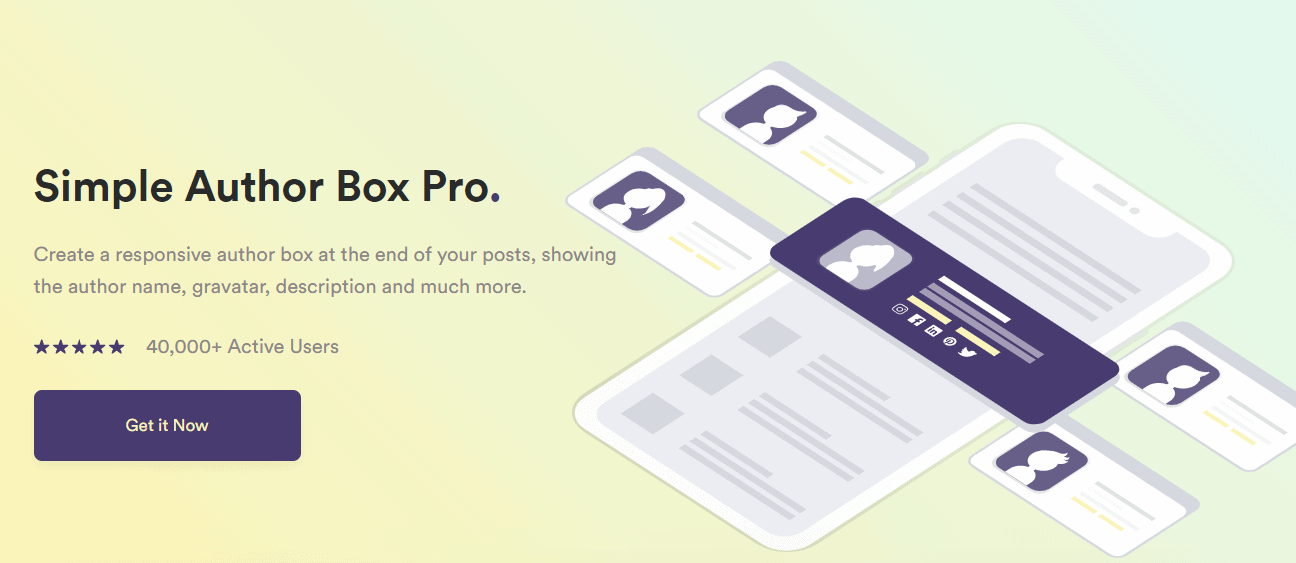
The author’s bio box will really have everything you need to give the authors the proper credit they deserve. From their author headshot to a biography and social media icons and website links. All can be added without just a few clicks.
On top of all that, the author box will be responsive and can be customized in any way that you see fit.
Choose the right hosting provider
Maybe the most basic way to give your site’s security a boost is to host it with a company that will give it layers of security without you even asking.
We know a lot of you get lured in by offers made by cheap hosting companies, but you have to come to terms with the fact that those companies and their hosting plans can only jeopardize your site’s security and performance as well.
Terrible things such as data loss and wrong redirections of your site are just some of the consequences of going with cheap hosting.
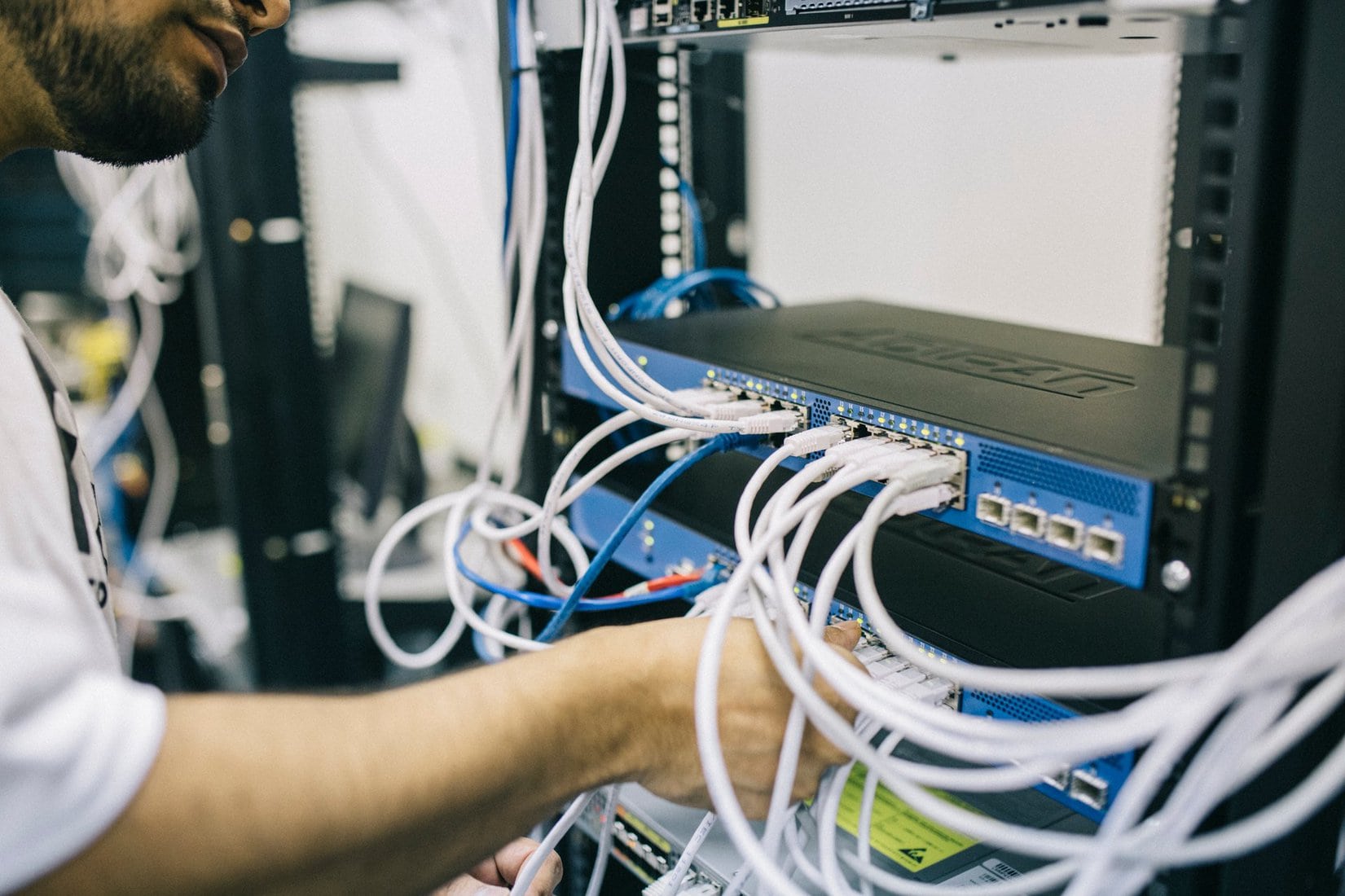
Take this word of advice from us, if you pay a bit more for your hosting, you will undoubtedly be able to take the security of your site to a satisfactory level.
And don’t fool yourself by thinking that if you ask a company for better service that you will actually get it because there’s really no such thing as fixing a hosting provider.
So when picking a hosting company, you should double-check if it offers proper security features such as the latest versions of MySQL/Apache/PHP, round-the-clock security monitoring, firewall protection, and so on.
Besides that, try to find a company that will have theses security practices implemented:
- DDOS attack protection
- Up-to-date server software and hardware
- Detailed and tested disaster recovery plans
Delete unused themes and plugins
We understand that having dozens upon dozens of plugins installed is tempting. I mean they are so many plugins out there available for free and they all claim to revolutionize the way your site operates.
But honestly, that is very fat from the truth and it’s pretty obvious that even heavy-duty sites don’t need to have every plugin that is available on the market.
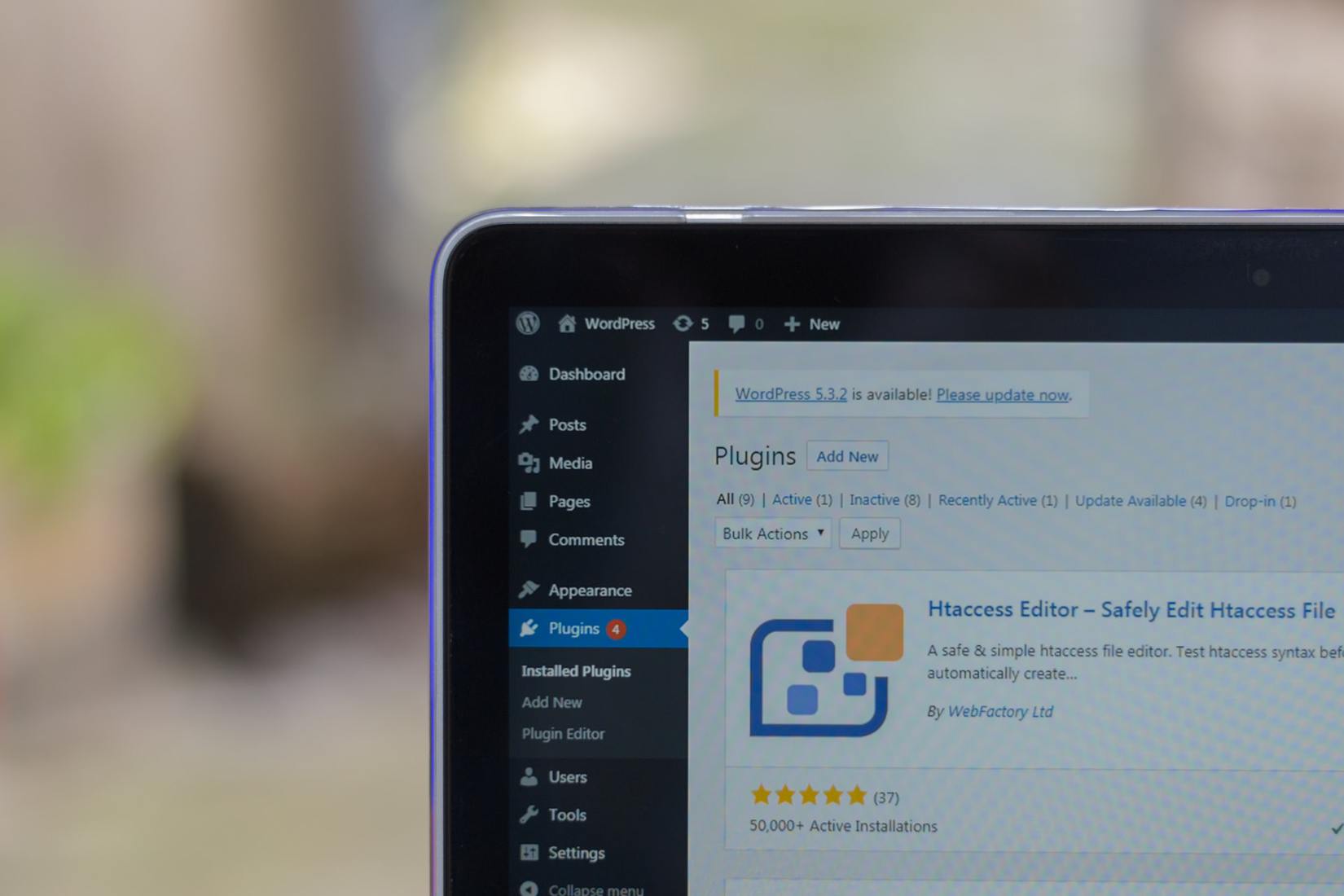
There are two major reasons for this:
- Too many plugins can be a strain on your site and can significantly reduce its performance.
- Not every plugin is 100% safe and can be used as a backdoor to your site.
For that reason, for all the plugins that aren’t an absolute necessity on your site, you should go ahead and deactivate them or even delete them completely.
If you have a lot of unnecessary plugins, then this process could become pretty tedious and tiring. That is why you should use a tool to take care of that task for you. A tool such as the WP Reset plugin.
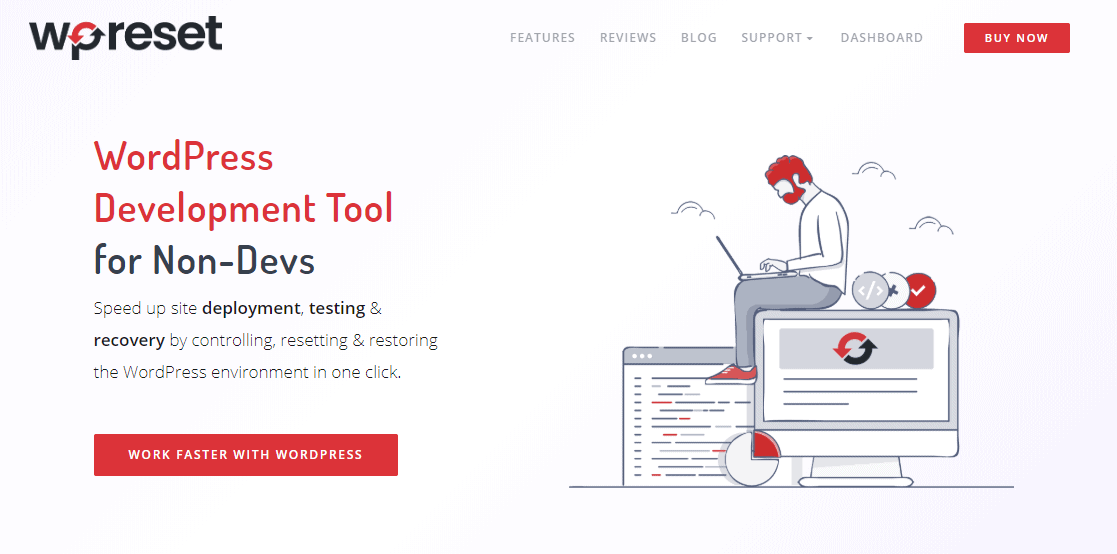
The WP Reset plugin will give you the ability to remove all of your plugins with just a click from inside and outside your admin dashboard.

But not only that, in case your site does run into some trouble, you can use this plugin to give it a partial or complete reset.
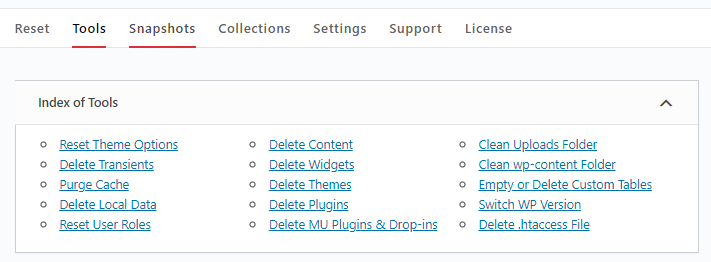
More on the plugin and its amazing features can be found on the official WP Reset site.
Don’t use nulled themes
Premium themes come with a price tag for a reason. Not only do they give off a sense of professionalism but you can also be sure that they have been tested and optimized to be the perfect product.
Besides that, these themes get updated on a regular basis and also come with great customer support. But unfortunately, a lot of “smart assess” try to bypass the price tag by offering the theme in a cracked/nulled version. This is first of all illegal and second of all dangerous.
It is dangerous because they don’t come from a reputable source. Meaning anyone can sell a duplicate of a theme that might look fine but is filled with malicious code.

This malicious code could tear down your website and its database in seconds and even stop you from accessing the admin dashboard ever again.
That’s is why in order to protect yourself, your site, and its userbase, you should invest in buying the real theme and not its nulled counterpart. Trust us, it will be worth it in the long run.
Install proper security plugins
In a perfect world, you would check your site for malware on your own and would easily be able to catch everything that is not supposed to be there. But as we all know, that is not the case. Instead, malware-checking is a time-consuming and difficult task that sometimes needs to be handled by more than one person. And even if it is, some pieces of malware aren’t visible to the human eye.
Exactly, for this reason, security plugins are a thing and can take care of all the work for you. Essentially, they will handle the security of the site by monitoring it constantly, scanning it regularly, and of course, taking the proper actions when necessary.
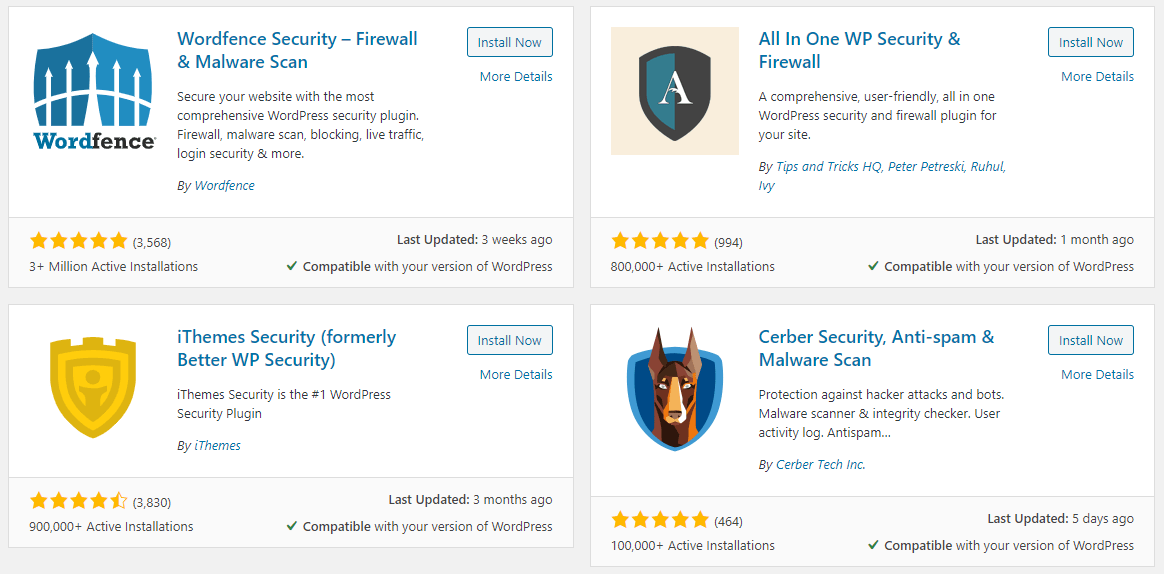
There are even some security plugins designed to help you recover from hacks when they do happen.
But if you prefer to do things manually, you can always follow this guide for fixing your hacked WordPress site step by step.
Have a strong password and an unusual username
When people first start using a site, at least as an admin, they usually stick with the “admin” username.
Sites with an account under this name are very vulnerable since the name is very predictable and thus usually the first username hackers will try in brute force attacks.
To remove this risk from your site, you can simply create a new admin account under a different name by going to Users>Add New, setting the account’s role to “Administrator“, and finishing the process by clicking the Add New User button.
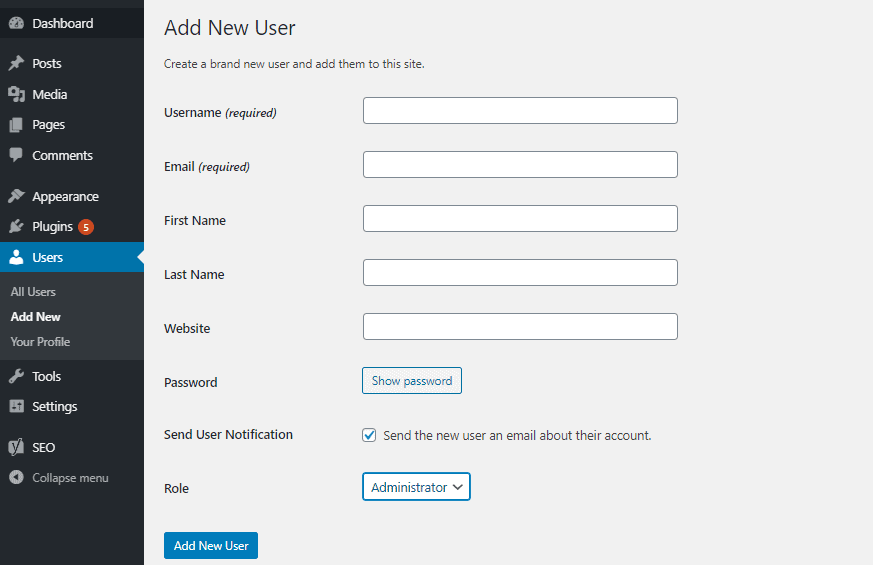
Next before, you delete the old admin account, assign all of your content to the new one, and you’re good to go.
It’s also extremely important to note, that you should be using complex passwords. Something that has various letter combinations and loads of special characters.
And to make things even safer, you should try and change your password at regular intervals.
Limit the number of login attempts
Unlimited login attempts are something WordPress allows by default and this can pose a pretty serious security loophole.
How? Well by allowing hackers to attempt as many times as they want to access your site, you give them an upper hand in succeeding because, with the right tools and enough persistence, they will eventually come up with the right login credentials.
Thankfully, there is a way for you to limit the number of login attempts and that way is using the Limit Login Attempts plugin.
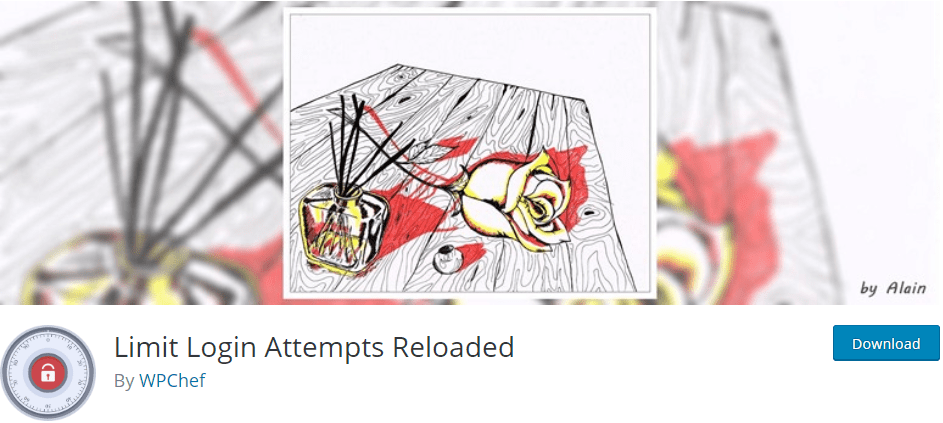
Once you have this plugin up and running on your site, you just need to go into Settings> Login Limit Attempts and set things up to fit your preferences.
Disable file editing
Anyone using WordPress is pretty familiar with the code editor function which is stored right in the dashboard. And this editor is a tool that enables you to edit theme or plugin code.
Just by telling you its purpose you can assume why this can be a dangerous thing to have just laying around on your site. For that reason, it is highly recommended that you disable file editing completely in order to avoid any unfortunate situations.
Maybe the worst-case situation would be hackers using the file editor function to edit some of your plugin or theme code once they have access to your site.
To disable the file editing completely, you can simply go into Appearance>Editor or Plugins>Editor.
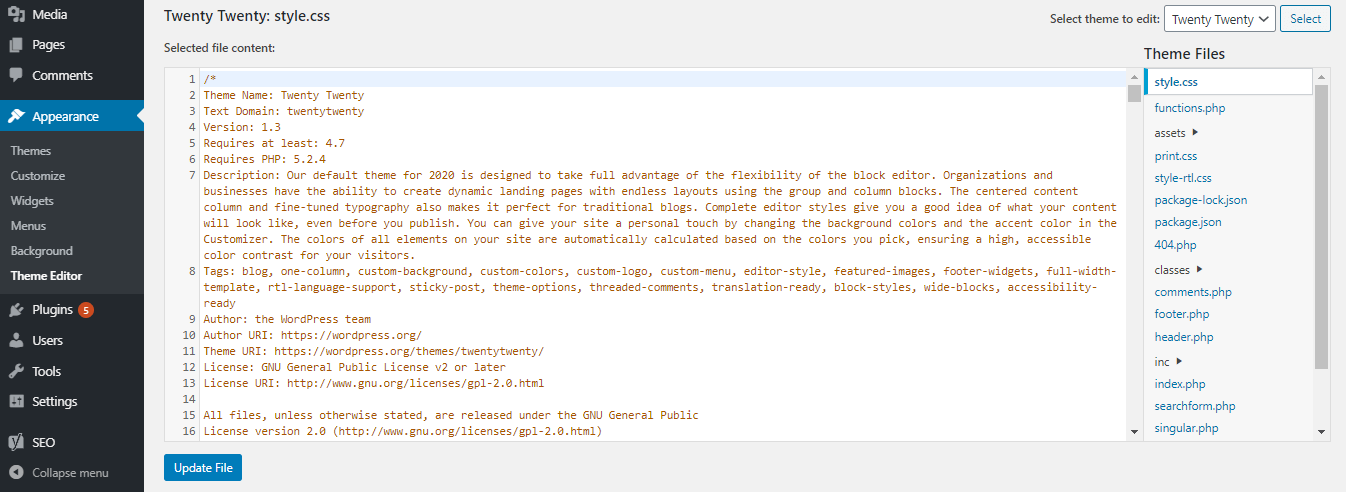
And then paste this piece of code at the very end of your wp-config.php file: define(‘DISALLOW_FILE_EDIT’, true);
Use an SSL certificate
An SSL certificate is one of the most common methods of protecting your site, and a method that works pretty well. In a nutshell, an SSL certificate will transfer data between the user’s browser and your server securely.
Obtaining an SSL certificate can be done in two ways:
- By purchasing one from a third-party SSL certificate provider
- By checking with your hosting provider if they can give you one for free
Whichever way you prefer to go about getting the certificate, it’s just important that you do get one because it will be beneficial for your site not just in terms of security but also in terms of what rank Google gives you on its search engine results.
Keep updating the WordPress version and your plugins/themes
Although sometimes tedious to do, updates are very important because with every update you equip your site and it’s add-ons with all the latest features, patches, etc. that are being released by their developers.
And the second, but equally important aspect of your site you should be making updates to are your plugins and themes. Because these just like WordPress itself are prone to having bugs and faults that get patched up by updates but also further advanced in terms of performance and functionalities.
But how exactly are you supposed to make these updates
For your version of WordPress, you will get a notice right on the top of your WordPress dashboard whenever new versions come out. So all you have to do is click on that update button as soon as it catches your eye.
When it comes to updating plugins, you’ll have to go into the Plugins tab and then the Installed plugins section.
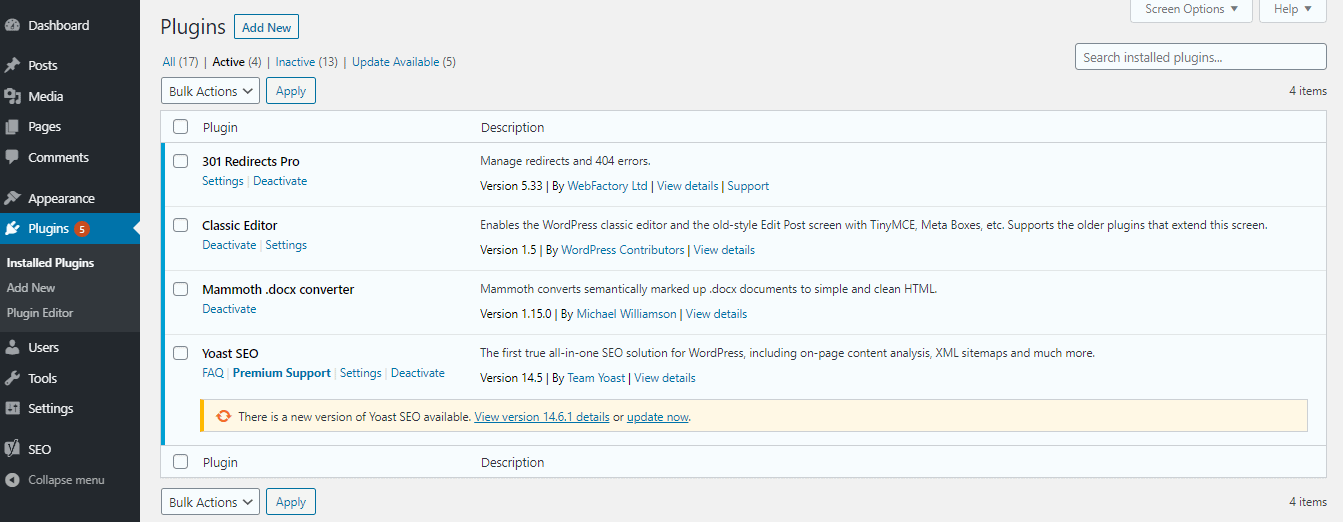
If any of your installed plugins does need an update, and “update now” option will be displayed underneath the plugin name. So just click on it and you should be left with the latest version in a matter of seconds.
Lastly, for themes, the process is almost identical to updating plugins.
Just go into the Appearance tab and then the Themes section. Check which themes have the “update now” option, click on it, and you’re all done.
Conclusion
Most people, when it comes to WordPress security, can be categorized into one of these groups: the ones that take all the measures necessary to keep their site’s security in top shape, and the ones who believe their site isn’t something hackers have an interest in accessing so they do absolutely nothing to prevent it.
And as you saw in this article, there are plenty of ways you can protect your site, and by implementing at least a few of the mentioned methods you will reduce the chances of your site falling victim to cybercrime to a minimum.
So enough stalling and making excuses, it’s time to make your site as foolproof as possible!

